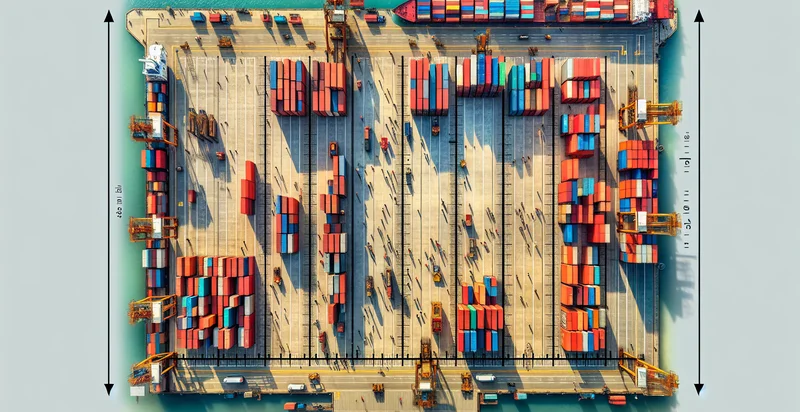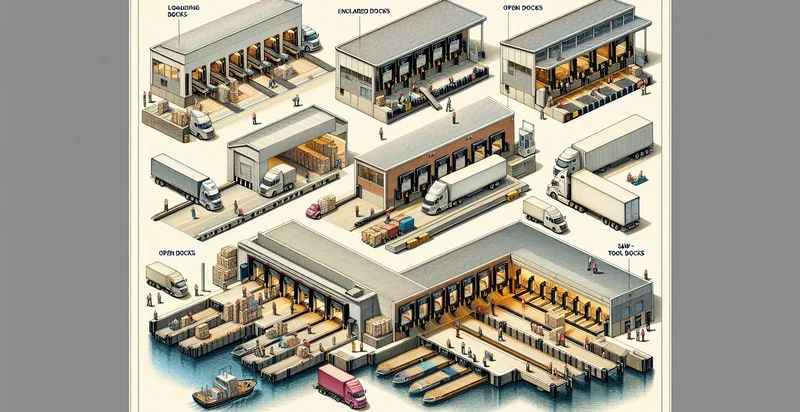Identify width of loading dock in feet
using AI
Below is a free classifier to identify width of loading dock in feet. Just upload your image, and our AI will predict the width of the loading dock in feet. - in just seconds.

Contact us for API access
Or, use Nyckel to build highly-accurate custom classifiers in just minutes. No PhD required.
Get started
import nyckel
credentials = nyckel.Credentials("YOUR_CLIENT_ID", "YOUR_CLIENT_SECRET")
nyckel.invoke("width-of-loading-dock-in-feet", "your_image_url", credentials)
fetch('https://www.nyckel.com/v1/functions/width-of-loading-dock-in-feet/invoke', {
method: 'POST',
headers: {
'Authorization': 'Bearer ' + 'YOUR_BEARER_TOKEN',
'Content-Type': 'application/json',
},
body: JSON.stringify(
{"data": "your_image_url"}
)
})
.then(response => response.json())
.then(data => console.log(data));
curl -X POST \
-H "Content-Type: application/json" \
-H "Authorization: Bearer YOUR_BEARER_TOKEN" \
-d '{"data": "your_image_url"}' \
https://www.nyckel.com/v1/functions/width-of-loading-dock-in-feet/invoke
How this classifier works
To start, upload your image. Our AI tool will then predict the width of the loading dock in feet..
This pretrained image model uses a Nyckel-created dataset and has 25 labels, including 1 Foot, 10 Feet, 11 Feet, 12 Feet, 13 Feet, 14 Feet, 15 Feet, 16 Feet, 17 Feet and 18 Feet.
We'll also show a confidence score (the higher the number, the more confident the AI model is around the width of the loading dock in feet.).
Whether you're just curious or building width of loading dock in feet detection into your application, we hope our classifier proves helpful.
Related Classifiers
Need to identify width of loading dock in feet at scale?
Get API or Zapier access to this classifier for free. It's perfect for:
- Logistics Efficiency Assessment: Businesses can utilize the false image classification function to quickly assess the width of loading docks across multiple locations. This helps in understanding spatial constraints when planning for deliveries and optimizing loading dock operations.
- Real Estate Development: Property developers can apply this function to evaluate existing loading dock widths for potential acquisition or renovation projects. By analyzing these dimensions, they can better estimate the feasibility of new developments or modifications to existing properties.
- Warehouse Layout Optimization: Warehouse managers can use this technology to identify loading dock sizes and ensure they align with operational needs. This data can inform decisions about shifts in inventory practices or reconfiguration of docking areas to enhance productivity.
- Compliance Monitoring: Regulatory bodies can leverage false image classification to verify that loading docks meet local zoning regulations for width. This automated analysis can facilitate inspections and ensure compliance without the need for physical visits to each site.
- Fleet Size and Configuration Planning: Companies managing transport fleets can use this function to determine the width of loading docks at customer locations. This information assists in configuring the size of transport vehicles that will be able to operate efficiently in those spaces, reducing delays and improving service delivery.
- Supply Chain Risk Management: Analyzing loading dock widths with this classification function helps businesses identify potential risks in their supply chain logistics. By gaining insights into spatial limitations, companies can proactively address issues related to product flow and shipment capacities.
- Industry Benchmarking: Organizations can employ this function to gather anonymous data on loading dock dimensions across similar businesses in their industry. This benchmarking analysis allows companies to identify best practices and optimize their own loading dock specifications for improved performance.


